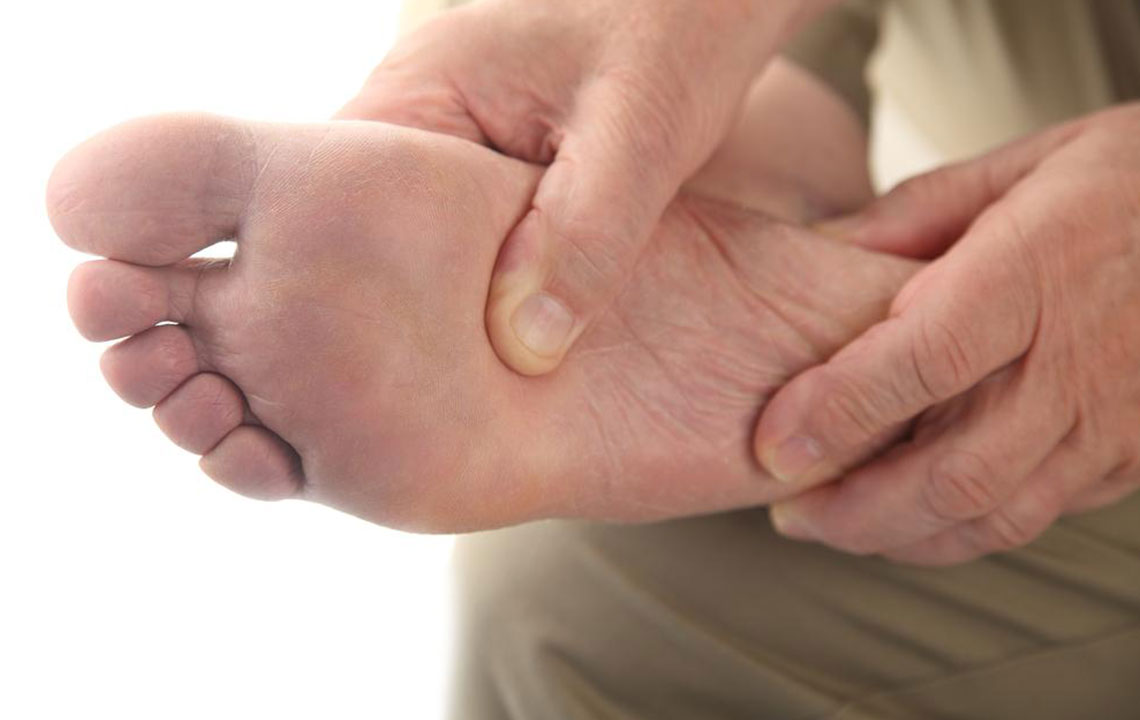Understanding How Diabetes Leads to Foot Discomfort
Discover how diabetes can lead to foot problems like nerve damage and circulation issues. Learn symptoms and effective management strategies to prevent complications. Proper control of blood sugar, foot care, and medical consultation are essential for diabetic foot health.

Understanding How Diabetes Leads to Foot Discomfort
Experiencing severe discomfort in your legs or developing issues such as ulcers, calluses, or toe infections? These symptoms could be linked to diabetes. If you haven't been tested yet, it's advisable to do so. Many diabetics encounter foot pains primarily due to impaired blood flow, damaged blood vessels, and nerve damage. Consulting a healthcare professional for diabetic foot management strategies is essential to prevent complications.
What causes the discomfort?
Diabetes can lead to two main problems affecting foot health.
Diabetic nerve damage (neuropathy) – Elevated blood sugar levels can harm nerve fibers, causing numbness and loss of sensation in the feet. This condition can result in foot ulcers and misalignments.
It causes a lack of feeling heat, cold, or pain, increasing the risk for unnoticed injuries.
Peripheral vascular complications – This involves arterial hardening due to poor circulation, especially in arteries away from the heart. It leads to decreased oxygen supply, slowing healing processes and risking tissue death or gangrene.
Approximately 80% of individuals with diabetes experience some form of foot complications and seek appropriate treatment options.
Common symptoms of diabetic foot issues include:
Numbness, tingling, or shooting pains in the lower limbs are typical complaints. Pain may intensify at night, disrupting sleep. While diabetic foot remedies aim to alleviate discomfort, they may not entirely eliminate symptoms.
What steps can be taken?
Managing blood sugar levels, engaging in regular exercise, and practices like acupuncture can help control nerve damage and reduce pain. Proper foot care and routine checkups are crucial.










